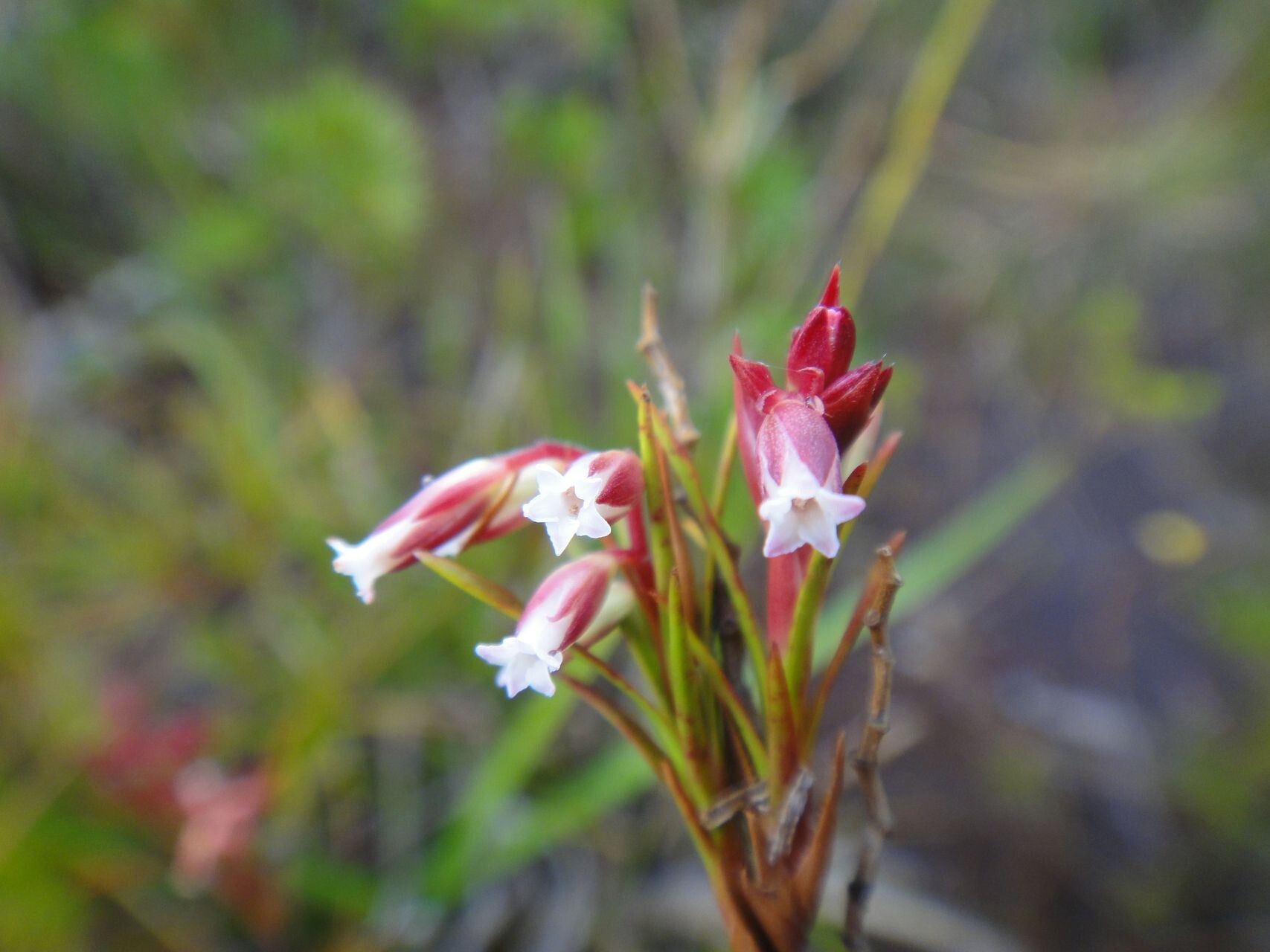Unlocking the Secrets to Propagating the Exquisite Dracophyllum cosmelioides
The Dracophyllum cosmelioides, with its striking architectural form and unique beauty, is a treasure coveted by many plant enthusiasts. Native to the alpine regions of New Zealand, this fascinating species, also known as the “Mountain Celery Pine” (though not a true pine), can be a rewarding, albeit challenging, addition to your garden or plant collection. While acquiring a mature specimen can be costly, propagating your own Dracophyllum cosmelioides is a fulfilling endeavor. So, let’s delve into the techniques that can help you welcome this botanical marvel into your life.
Understanding the Plant:
Before embarking on your propagation journey, understanding the Dracophyllum cosmelioides’ natural habitat and growth habits is crucial. This alpine dweller thrives in well-drained, acidic soil and prefers cool, humid environments. Keeping these conditions in mind is key to successful propagation.
Propagation Methods:
Dracophyllum cosmelioides can be propagated through two primary methods:
1. Seed Propagation:
- Seed Collection: Collect fresh seeds from mature plants during the fruiting season. Look for small, dry capsules containing fine, dust-like seeds.
- Sowing: Sow seeds on the surface of a well-draining, acidic seed-raising mix. Use a mix specifically designed for alpine plants or create your own using peat moss, perlite, and vermiculite.
- Conditions: Keep the seed tray moist but not waterlogged. Cover with a propagator lid or plastic wrap to maintain humidity and place it in a bright location, out of direct sunlight.
- Germination: Germination can be slow and erratic, often taking several months. Be patient and maintain consistent moisture and temperature.
2. Cutting Propagation:
- Timing: The ideal time for taking cuttings is late spring or early summer when the plant is actively growing.
- Cutting Selection: Select healthy, non-flowering stems that are approximately 3-4 inches long.
- Preparation: Remove the lower leaves from the cutting and wound the base slightly to encourage root development. Dip the cut end in rooting hormone powder.
- Planting: Plant the cuttings in a well-draining, acidic potting mix, similar to the seed-raising mix.
- Conditions: Maintain high humidity by covering the cuttings with a propagator lid or a clear plastic bag. Place in a bright location, out of direct sunlight.
- Rooting: Rooting can take several weeks to months. Once roots have developed, gradually acclimate the cuttings to lower humidity before transplanting.
Challenges and Tips:
- Maintaining Humidity: Both seeds and cuttings require consistently high humidity for successful propagation. Using a propagator or creating a makeshift humidity chamber with a plastic bag is crucial.
- Preventing Damping Off: Damping off, a fungal disease, can be a threat to seedlings and cuttings. Ensure good air circulation and avoid overwatering to minimize the risk.
- Patience is Key: Dracophyllum cosmelioides is a slow-growing species, and propagation requires patience. Don’t be discouraged if results are not immediate.
Propagating Dracophyllum cosmelioides might seem daunting, but armed with the right knowledge and a sprinkle of dedication, you can cultivate these botanical gems from seed or cutting. The satisfaction of nurturing a new plant from its nascent stages is a truly rewarding experience. So, why wait? Embark on your propagation journey and welcome the captivating Dracophyllum cosmelioides into your plant family.

